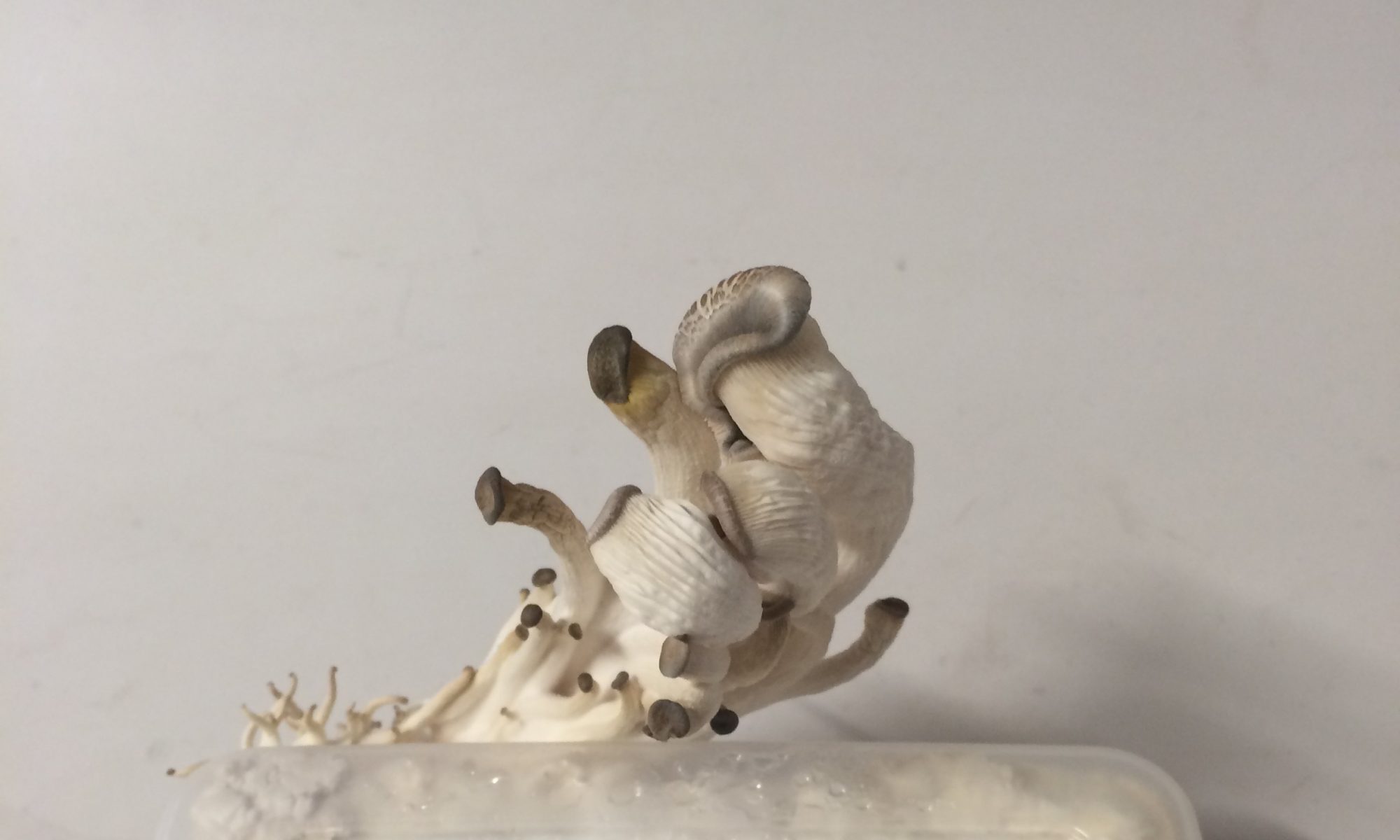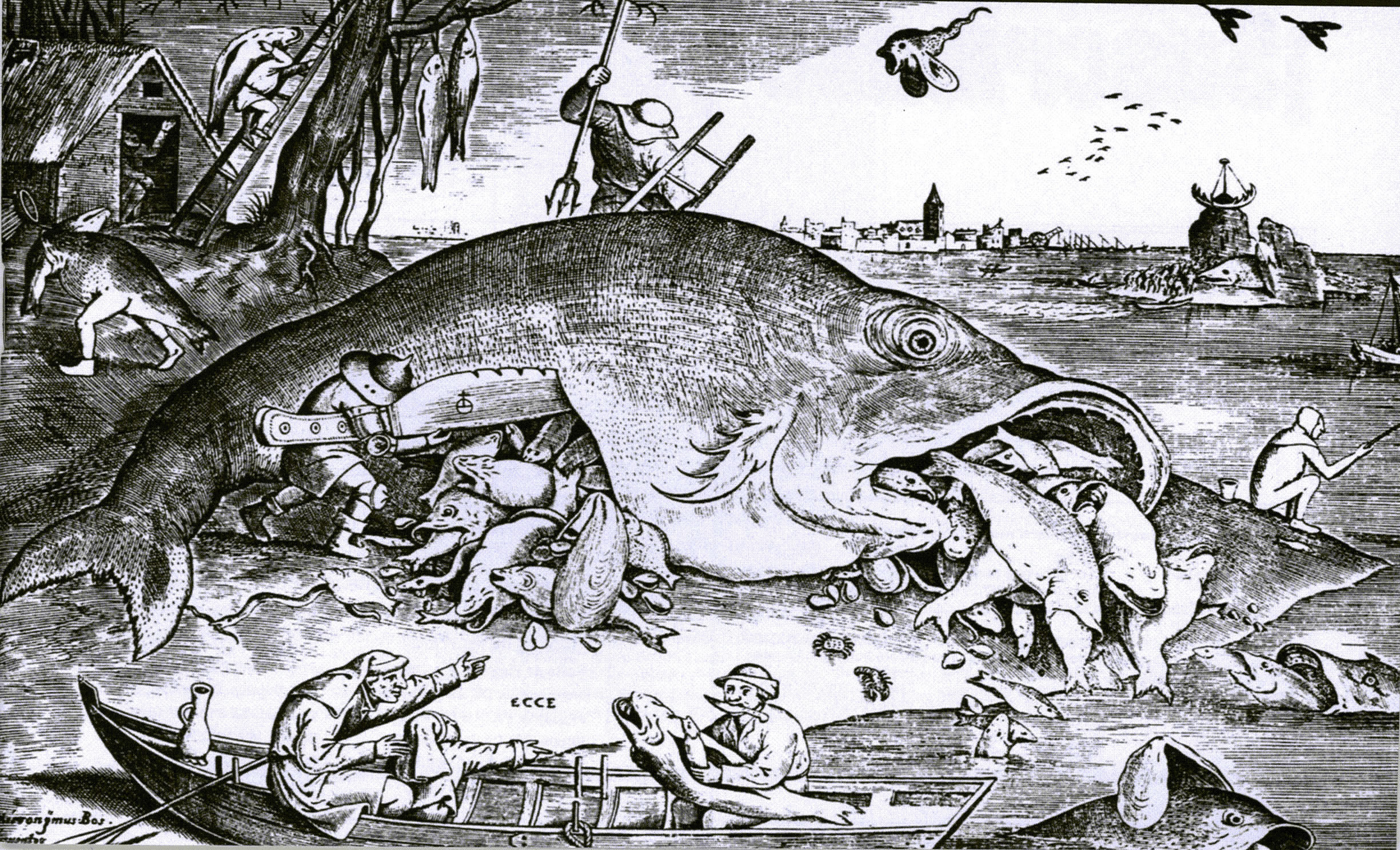My friend Leda and I are partners in crime. We conspire to pick noxious weeds in a public park, which, technically, is against the law. I checked. The fine in New York City is $1,000 for removing plants from a park, although writing a ticket for picking an invasive plant like Japanese knotweed should make any self-respecting park ranger blush. When I weigh the tart, zesty taste of knotweed shoots against the threat of a hefty citation, the scales tip heavily in favor of the knotweed.
In the spring, Japanese knotweed sends up thick green spears mottled with red, like asparagus on steroids with a sunburn. Exactly when it muscles its way up through the earth depends on where you live. In New York City, the knotweed picking is best in April, so harvest earlier if you live farther south, later if farther north.

Knotweed stalks at prime harvest time.
Before it starts to branch, knotweed is very tender; after branching, the stems are so tough that you have to peel them to eat them. That’s too much work for me, so I harvest early. Knotweed grows fast; within a few days, it’s gone from tender to tough, so when I see the first spears poke up, I don’t dawdle.
Some people think knotweed is bamboo, because of its tall, woody, jointed stems. It’s not closely related, but it’s just as invasive; by the end of summer, knotweed can be six to eight feet tall. The tall, dead stalks from the previous year’s growth make excellent markers for new growth in the spring, with the young shoots poking up around the old stalks.
…
Since there are so many things you can make with knotweed, you’ll have no trouble using as much as you harvest. And if you clean and freeze the stems when you get home, you can cook with it at your leisure; it keeps for months in the freezer. Knotweed wine is one of my favorite home brews; it takes less time to finish fermenting than many other wines and tastes like a good sauterne with a tawny gold color. Knotweed can be substituted for rhubarb in pies, jams, and jellies; it combines well with strawberries, blueberries, and apples. And, yes, you can use knotweed as a vegetable; it’s tart and crunchy in stir-fries and lemony delicious under hollandaise. My favorite way to eat knotweed is in a creamy soup. Nothing like turning environmental activism into lunch.




